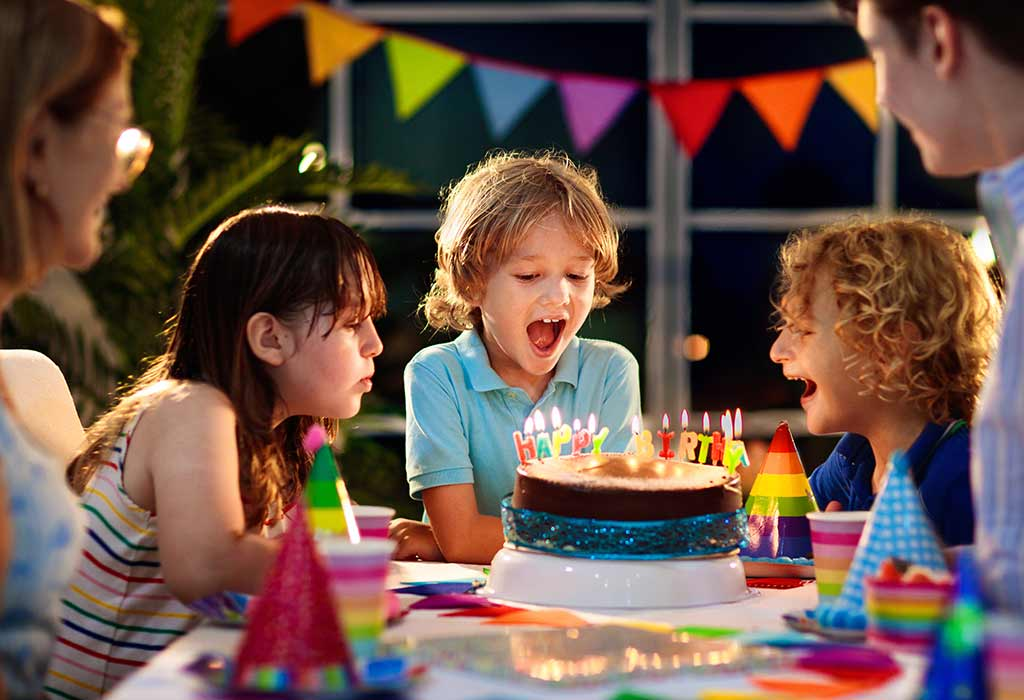Best Tips for Eco-Friendly Kids’ Parties
TL;DR
Hosting eco-friendly kid’s parties is easy with only a few simple changes. Changes such as:
● Going for digital invitations
● Use sustainable decorations
● Serve locally sourced, homemade snacks
● Using reusable bamboo plates
Create DIY decorations, plan entertainment, and skip disposable items like plastic straws and balloons. Encourage eco-friendly gifts and set up zero-waste activities.
After the party, donate or recycle decorations and waste responsibly. Small choices can make a big impact on our planet’s health for future generations.
9 Tips for Eco-Friendly Kids’ Parties
Kids’ parties are moments of joy and celebration. However, they often generate plenty of waste that can be detrimental to our planet.
With a few thoughtful choices, these parties can be both fun and eco-friendly. Planning an environmentally conscious party for your kids does not have to be complicated. With just a few changes, we can host a sustainable celebration that’s environmentally friendly.
Without further ado, let’s take a look at the best tips you can follow to make your kids’ parties more fun and eco-friendly.
1. Go Digital with Invitations
Embrace technology and send digital invitations instead of paper ones. Use platforms like email or social media to create and send colorful, interactive invites to all the guests. You can also use tools such as Canva to design customized invites.
Not only does it help you stay eco-friendly but it also ensures you save more money. Moreover, it adds a modern touch to the party planning process.
2. Eco-Friendly Decorations
Use fabric bunting, recycled paper banners, or homemade decorations that can be used again for future events. Encourage creativity by making decorations at home using natural or sustainable materials.
Crafting paper flowers, leaf garlands, or even using household items like jars or cans into decorative pieces can add a personalized and eco-friendly touch to the party.
You can also consider renting decorations or borrowing from friends to reduce the need for new purchases.
Moreover, you can incorporate live plants, potted flowers, or greenery as decorations. They will not only add natural beauty to the venue but can also reduce waste.
3. Plan your Menu
Choose locally sourced produce and seasonal foods to support local farmers and reduce the carbon footprint of transportation. Consider making homemade snacks to avoid the excess plastic packaging we see with store-bought items.
You should also use reusable plates, cups, and utensils made from bamboo or stainless steel. To minimize single-use plastic, opt for compostable or biodegradable items.
Make sure to estimate food quantities to minimize leftovers and even consider donating excess food to reduce waste. It is important that you plan your menu according to the number of guests to minimize as much waste as you possibly can.
4. DIY Party Favors
Instead of plastic toys or single-use items, you can create DIY party favors. There are plenty of ideas that you can use to make party favors. Some of them include:
● Personalized Bucket Favors
● DIY Confetti Sticks
● Gold Glitter Fortune Cookies
● Mini Jar Candy Favors
● DIY Favor Bags
● DIY Candy Jars
You can make all of these easily with eco-friendly materials such as paper. All you need is a little artistic kick and creativity to make brilliant DIY party favors. These will not only engage the children but also encourage creativity and reduce waste.
5. Nature-Friendly Entertainment
Organize games and activities that focus on nature and sustainability. You can plan different entertainment activities such as:
● Treasure hunt in the garden
● Scavenger hunt focusing on eco-friendly items
● Nature-inspired craft sessions using recyclable materials
By planning these fun activities, you will keep the children entertained while also keeping the environment safe.
6. Say No to Disposable Items
Avoiding single-use disposable items is a vital step in hosting an eco-friendly kids’ party. By choosing a reusable or biodegradable alternative, you significantly reduce waste. Mainly, you will need to avoid disposable items such as plastic straws and balloons.
Instead, you can go for other biodegradable items such as paper plates, cloth napkins, and paper straws. If you can’t find any alternatives, you can choose the ones made from recycled materials.
By saying no to disposable items and choosing biodegradable alternatives, you can minimize the environmental impact of the party. It also promotes a culture of sustainability which educates both; kids and guests about the importance of eco-friendly practices.
7. Gift-Giving Guidelines
You can also introduce some gift-giving guidelines in your invitations to the guests. Encourage your guests to get eco-friendly gifts by suggesting books, or gifts made from sustainable materials. Guide guests on wrapping gifts using recyclable or reusable materials.
By setting gift-giving guidelines that focus on sustainability, you will encourage guests to make choices that align with the eco-friendly theme of your party.
8. Plan Zero-Waste Activities
Incorporate activities that minimize waste generation. For instance, set up a station for face painting using natural, non-toxic paints or organize a clothing swap where kids can exchange costumes or dress-up items.
You can plan activities such as:
● Nature-based projects
● Upcycling workshops
● Crafting stations
These activities will not only keep the children entertained but also help them learn valuable lessons on waste reduction and eco-friendly practices.
9. After-Party Cleanup
After the party is over, ensure proper disposal of waste. Donate or repurpose decorations and recycle as much as possible. Evaluate what can be reused for future events before you dispose of anything. To ensure a swift cleanup, you can use tools such as recycle bins and signage.
Small changes in party planning can make a big difference in reducing waste and ensuring a more eco-conscious generation.
Final Thoughts
Remember, it’s not about perfection but about making thoughtful choices that contribute to a healthier planet for our children and future generations to enjoy.

